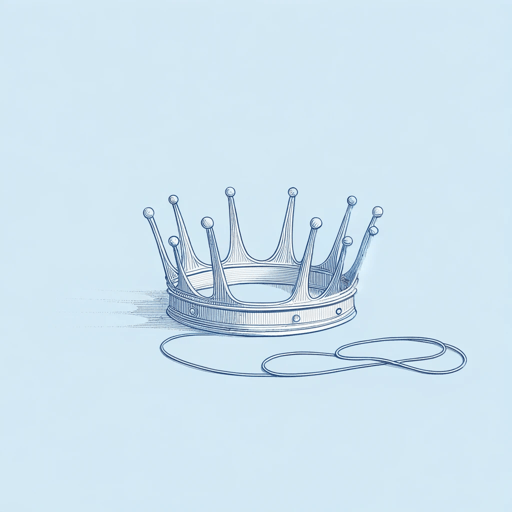18 pages • 36 minutes read
William ShakespeareSonnet 138: When my love swears that she is made of truth
Fiction | Poem | Adult | Published in 1599A modern alternative to SparkNotes and CliffsNotes, SuperSummary offers high-quality Study Guides with detailed chapter summaries and analysis of major themes, characters, and more.
Further Reading & Resources
Related Poems
“Sonnet 130” by William Shakespeare (1609)
“Sonnet 130” is one of Shakespeare’s most famous sonnets. It gives the reader an idea of why scholars call the unnamed woman in Shakespeare’s sonnets the Dark Lady. Like “Sonnet 138,” “Sonnet 130” presents an imperfect woman. The lines in “130” describe her dark hair, eyes, and skin. Her features contrast with the Eurocentric and colonial ideal of beauty—blond hair, blue eyes, and light skin with rosy cheeks. However, both sonnets include the word “lie” embedded in a longer word. In “Sonnet 138,” the word “lie” is contained in the word “believe” (Line 2). In “Sonnet 130,” the word “lie” is contained in the word “belied” (Line 14). This latter example is contained in a phrase about flattery: “belied with false compare” (Line 14). Both “Sonnet 130” and “Sonnet 138” discuss flattery.
“Sonnet 12” by William Shakespeare (1609)
This sonnet is part of the Fair Youth group of sonnets, in which the speaker addresses a male “you” or, in Renaissance English, “thou” (Line 10). It also discusses age. Both “Sonnet 12” and “Sonnet 138” look at the “past” (Line 3 and Line 6, respectively), implying that the years of youth are the best.
Related Titles
By William Shakespeare

All's Well That Ends Well
William Shakespeare

A Midsummer Night's Dream
William Shakespeare

Antony and Cleopatra
William Shakespeare

As You Like It
William Shakespeare

Coriolanus
William Shakespeare

Cymbeline
William Shakespeare

Hamlet
William Shakespeare

Henry IV, Part 1
William Shakespeare

Henry IV, Part 2
William Shakespeare

Henry V
William Shakespeare

Henry VIII
William Shakespeare

Henry VI, Part 1
William Shakespeare

Henry VI, Part 3
William Shakespeare

Julius Caesar
William Shakespeare

King John
William Shakespeare

King Lear
William Shakespeare

Love's Labour's Lost
William Shakespeare

Macbeth
William Shakespeare

Measure For Measure
William Shakespeare

Much Ado About Nothing
William Shakespeare

